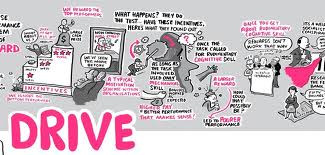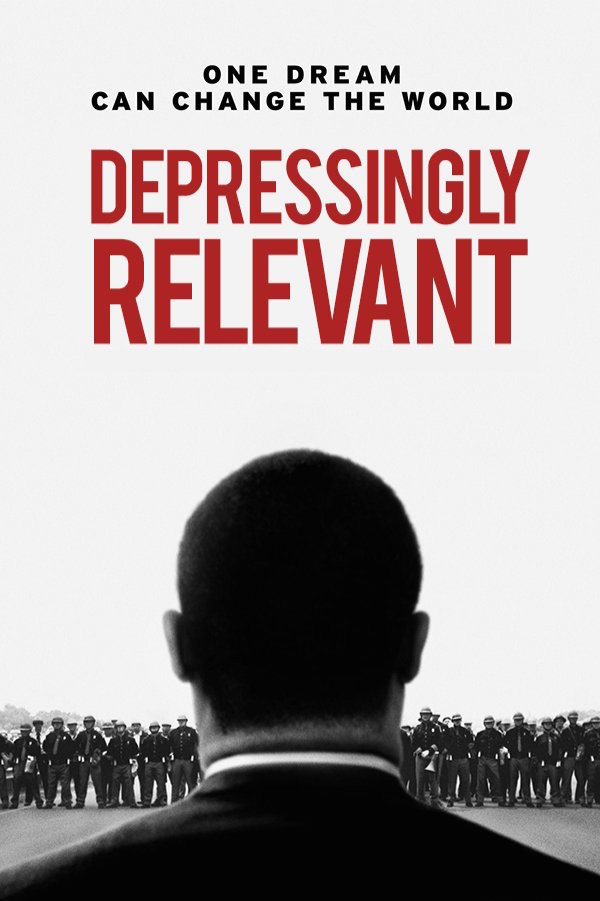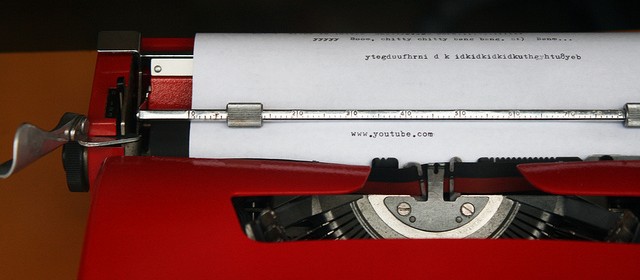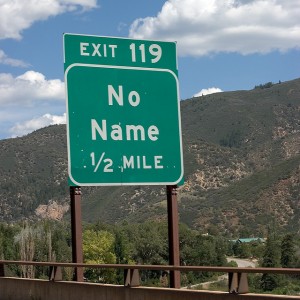“If you’re interested in the model of education, you don’t start from a production line mentality”

I mentioned in class today RSA Animate, which is produced by The Royal Society for the encouragement of Arts, Manufactures and Commerce is an “enlightenment organisation committed to finding innovative and creative practical solutions to today’s social challenges [by …] empowering people to be active participants in creating a better world.” Since 1754, RSA has sponsored various sorts of events intended to further this goal, including public lectures, talks, debates, and screenings. The organization developed the idea of an animation series in order to allow these events to reach a much broader audience. A team of fellows at RSA selects lectures, edits down the audio to about 10 minutes, and then sends them to an animator named Andrew Park at Cognitive Media to be turned into animated video.
Here are two of my favorites from RSA Animates:
In “Changing Education Paradigms,” Sir Ken Robinson critiques our educational system for being “modelled on the interests of industrialism and [designed] in the image
of it.” He calls, instead, for an educational system that strives to help students achieve an aesthetic experience, where their “senses are operating at their peak, [they’re] present in the current moment, [they’re] resonating with the excitement of this thing that [they’re] experiencing, [they’re] fully alive.” Such a system, he argues, will value divergent thinking and collaboration.
Dan Pink, in “Drive: The surprising truth about what motivates us,” argues that the traditional model of incentivizing work (reward desired behavior and you get more of it) only works when that work is strictly mechanical; as long as tasks require even rudimentary cognitive skills, that reward system not only fails to incentivize work but actually leads to poorer performance. Pink proposes instead that, once employees are paid enough to meet their basic needs, there are 3 factors that lead to better performance as well as personal satisfaction: autonomy, mastery, and performance.









